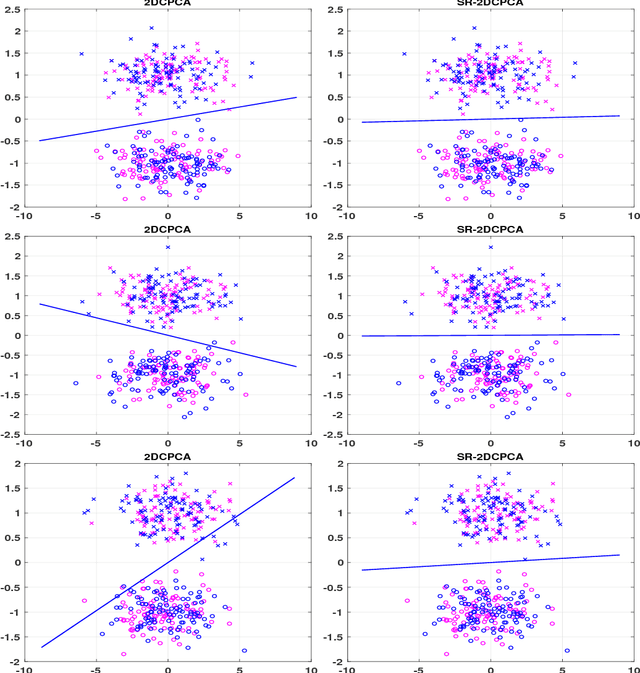Dunwei Gong
Physics-informed Partitioned Coupled Neural Operator for Complex Networks
Oct 28, 2024



Abstract:Physics-Informed Neural Operators provide efficient, high-fidelity simulations for systems governed by partial differential equations (PDEs). However, most existing studies focus only on multi-scale, multi-physics systems within a single spatial region, neglecting the case with multiple interconnected sub-regions, such as gas and thermal systems. To address this, this paper proposes a Physics-Informed Partitioned Coupled Neural Operator (PCNO) to enhance the simulation performance of such networks. Compared to the existing Fourier Neural Operator (FNO), this method designs a joint convolution operator within the Fourier layer, enabling global integration capturing all sub-regions. Additionally, grid alignment layers are introduced outside the Fourier layer to help the joint convolution operator accurately learn the coupling relationship between sub-regions in the frequency domain. Experiments on gas networks demonstrate that the proposed operator not only accurately simulates complex systems but also shows good generalization and low model complexity.
Multi-task multi-constraint differential evolution with elite-guided knowledge transfer for coal mine integrated energy system dispatching
Jun 29, 2024Abstract:The dispatch optimization of coal mine integrated energy system is challenging due to high dimensionality, strong coupling constraints, and multiobjective. Existing constrained multiobjective evolutionary algorithms struggle with locating multiple small and irregular feasible regions, making them inaplicable to this problem. To address this issue, we here develop a multitask evolutionary algorithm framework that incorporates the dispatch correlated domain knowledge to effectively deal with strong constraints and multiobjective optimization. Possible evolutionary multitask construction strategy based on complex constraint relationship analysis and handling, i.e., constraint coupled spatial decomposition, constraint strength classification and constraint handling technique, is first explored. Within the multitask evolutionary optimization framework, two strategies, i.e., an elite guided knowledge transfer by designing a special crowding distance mechanism to select dominant individuals from each task, and an adaptive neighborhood technology based mutation to effectively balance the diversity and convergence of each optimized task for the differential evolution algorithm, are further developed. The performance of the proposed algorithm in feasibility, convergence, and diversity is demonstrated in a case study of a coal mine integrated energy system by comparing with CPLEX solver and seven constrained multiobjective evolutionary algorithms.
Advanced Variations of Two-Dimensional Principal Component Analysis for Face Recognition
Dec 19, 2019



Abstract:The two-dimensional principal component analysis (2DPCA) has become one of the most powerful tools of artificial intelligent algorithms. In this paper, we review 2DPCA and its variations, and propose a general ridge regression model to extract features from both row and column directions. To enhance the generalization ability of extracted features, a novel relaxed 2DPCA (R2DPCA) is proposed with a new ridge regression model. R2DPCA generates a weighting vector with utilizing the label information, and maximizes a relaxed criterion with applying an optimal algorithm to get the essential features. The R2DPCA-based approaches for face recognition and image reconstruction are also proposed and the selected principle components are weighted to enhance the role of main components. Numerical experiments on well-known standard databases indicate that R2DPCA has high generalization ability and can achieve a higher recognition rate than the state-of-the-art methods, including in the deep learning methods such as CNNs, DBNs, and DNNs.
An Integrated Optimization + Learning Approach to Optimal Dynamic Pricing for the Retailer with Multi-type Customers in Smart Grids
Mar 21, 2018



Abstract:In this paper, we consider a realistic and meaningful scenario in the context of smart grids where an electricity retailer serves three different types of customers, i.e., customers with an optimal home energy management system embedded in their smart meters (C-HEMS), customers with only smart meters (C-SM), and customers without smart meters (C-NONE). The main objective of this paper is to support the retailer to make optimal day-ahead dynamic pricing decisions in such a mixed customer pool. To this end, we propose a two-level decision-making framework where the retailer acting as upper-level agent firstly announces its electricity prices of next 24 hours and customers acting as lower-level agents subsequently schedule their energy usages accordingly. For the lower level problem, we model the price responsiveness of different customers according to their unique characteristics. For the upper level problem, we optimize the dynamic prices for the retailer to maximize its profit subject to realistic market constraints. The above two-level model is tackled by genetic algorithms (GA) based distributed optimization methods while its feasibility and effectiveness are confirmed via simulation results.
Sample-Relaxed Two-Dimensional Color Principal Component Analysis for Face Recognition and Image Reconstruction
Mar 10, 2018



Abstract:A sample-relaxed two-dimensional color principal component analysis (SR-2DCPCA) approach is presented for face recognition and image reconstruction based on quaternion models. A relaxation vector is automatically generated according to the variances of training color face images with the same label. A sample-relaxed, low-dimensional covariance matrix is constructed based on all the training samples relaxed by a relaxation vector, and its eigenvectors corresponding to the $r$ largest eigenvalues are defined as the optimal projection. The SR-2DCPCA aims to enlarge the global variance rather than to maximize the variance of the projected training samples. The numerical results based on real face data sets validate that SR-2DCPCA has a higher recognition rate than state-of-the-art methods and is efficient in image reconstruction.
 Add to Chrome
Add to Chrome Add to Firefox
Add to Firefox Add to Edge
Add to Edge